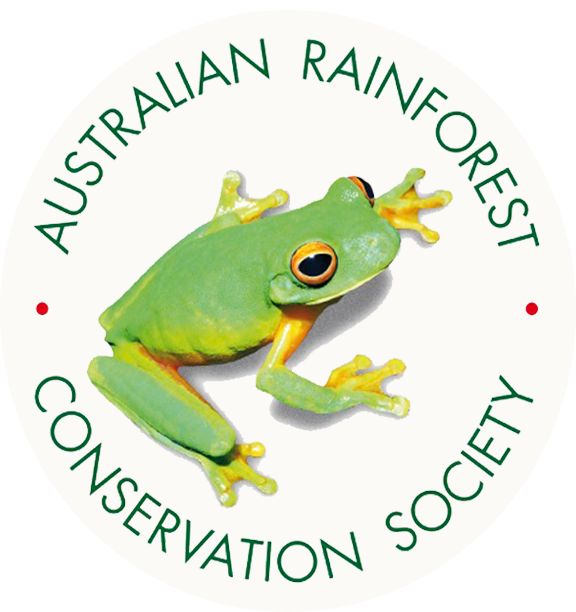 Springbrook Rescue
Springbrook Rescue
 Springbrook Rescue
Springbrook Rescue
| Home | The Vision | Springbrook — A Natural Wonder | The Springbrook Rescue Project | Support the Project | About ARCS |
|
The Science | |||||||||||||
| |||||||||||||
|
Science Projects
| |||||||||||||
|
Fungi Surveys (Project SBD2) This is one of the 35 projects ARCS is undertaking to document the area’s rich biodiversity. The project is linked with other biodiversity surveys in an integrated, long-term, landscape-wide monitoring program involving key functional-group indicators for ecological health and successional status of regenerating and reference rainforest sites. The Queensland Mycological Society (QMS) in partnership with the Australian Rainforest Conservation Society (ARCS) have undertaken fungi surveys since 2007, mostly at the sites selected also for bird and plant surveys. These four permanent monitoring sites occur over a wide range of altitudes (600m – ~1000m), rainfall regimes (1,800 mm to ≥3,600 mm) and geologies (basalt, rhyolite) in four catchments of known disturbance history. A map of the sites can be found on the web page describing Project SBD6 (Bird Surveys). Generous help in identifications has come from many professional mycologists either in their private capacity or as members of the Queensland Mycological Society: Drs Diana Leemon (Department of Agriculture, Fisheries and Forestry, QLD), Richard Robinson (Department of Environment and Conservation, WA), Sapphire McMullan-Fisher (mycologist, WA); other colleagues from QMS, including taxonomist Nigel Fechner (Queensland Herbarium). During a five year period (2007–2012) we have provisionally identified over 200 taxa either to species or genus level within 2 phyla, 9 classes, 26 orders, 54 families, and 111 genera. The ARCS photographic fungi collection contains over 1,500 images. A number of potentially new species have been recorded.
| |||||||||||||
The monitoring design comprises sub-plots (sampling units of quadrats or transects) totaling at least 100 m2 at each site and focuses on fruit-bodies of all major groups of epigeal macrofungi. Each site is geocoded and described in terms of vegetation and disturbance history. The defined objectives are: Sampling methods and frequency are based on recommendations of Robinson (2004, 2011) and are concentrated mainly during the peak season. Monitoring is also opportunistically conducted at other sites and times incidental to normal management activities or associated with other scientific projects and dictated by prevailing climatic conditions. Given the infrequent and unreliable fruiting behavior of most fungi and ephemeral nature of many fruit bodies, monitoring is necessarily long term. Results will be published after a sufficiently long period of systematic monitoring has been completed. Reference |
|||||||||||||